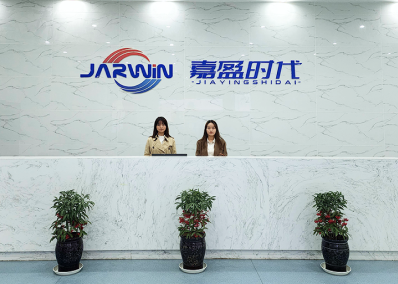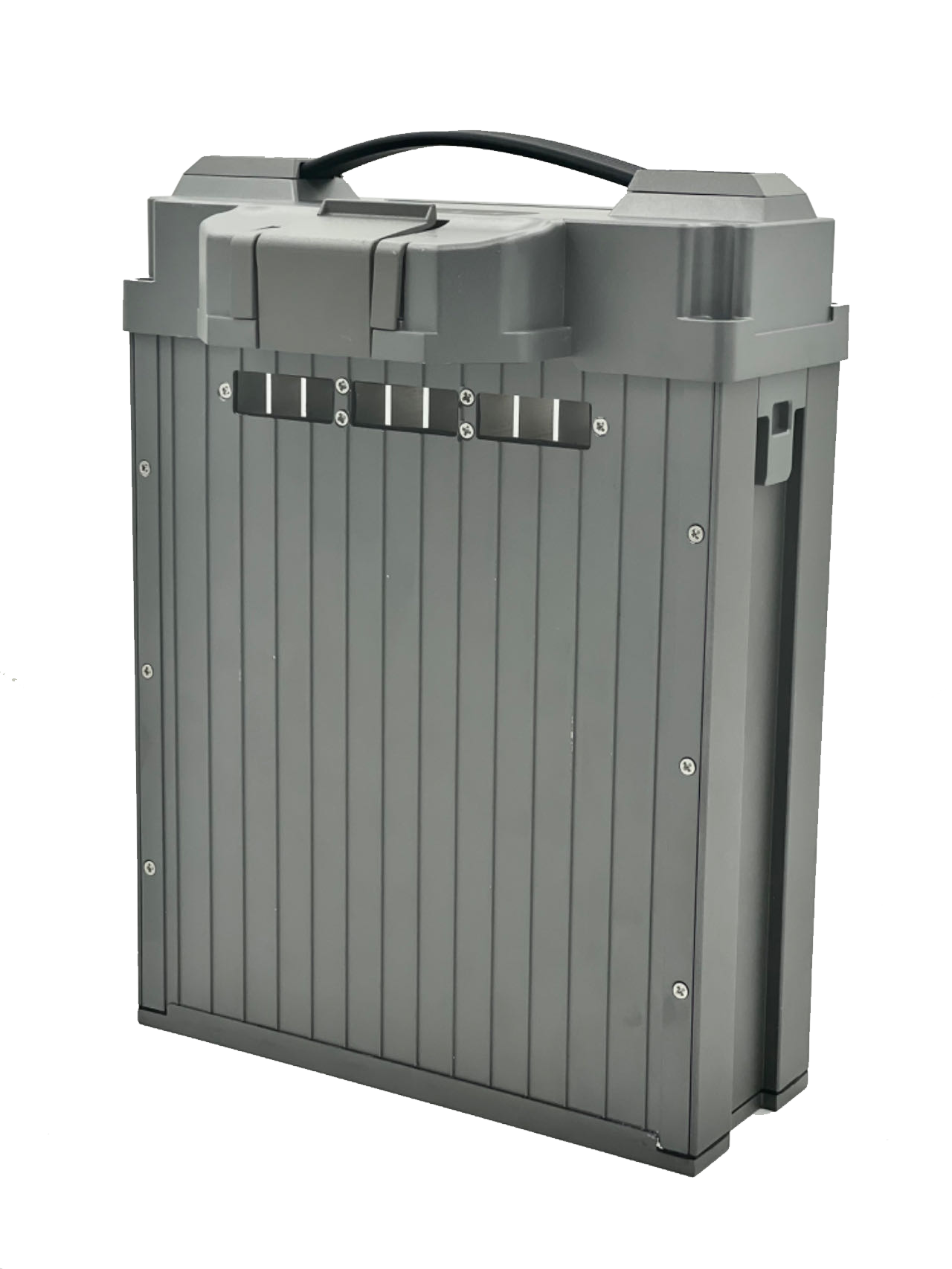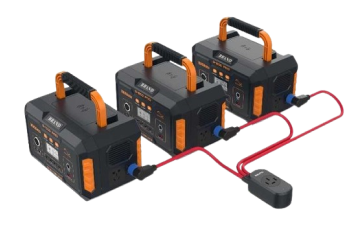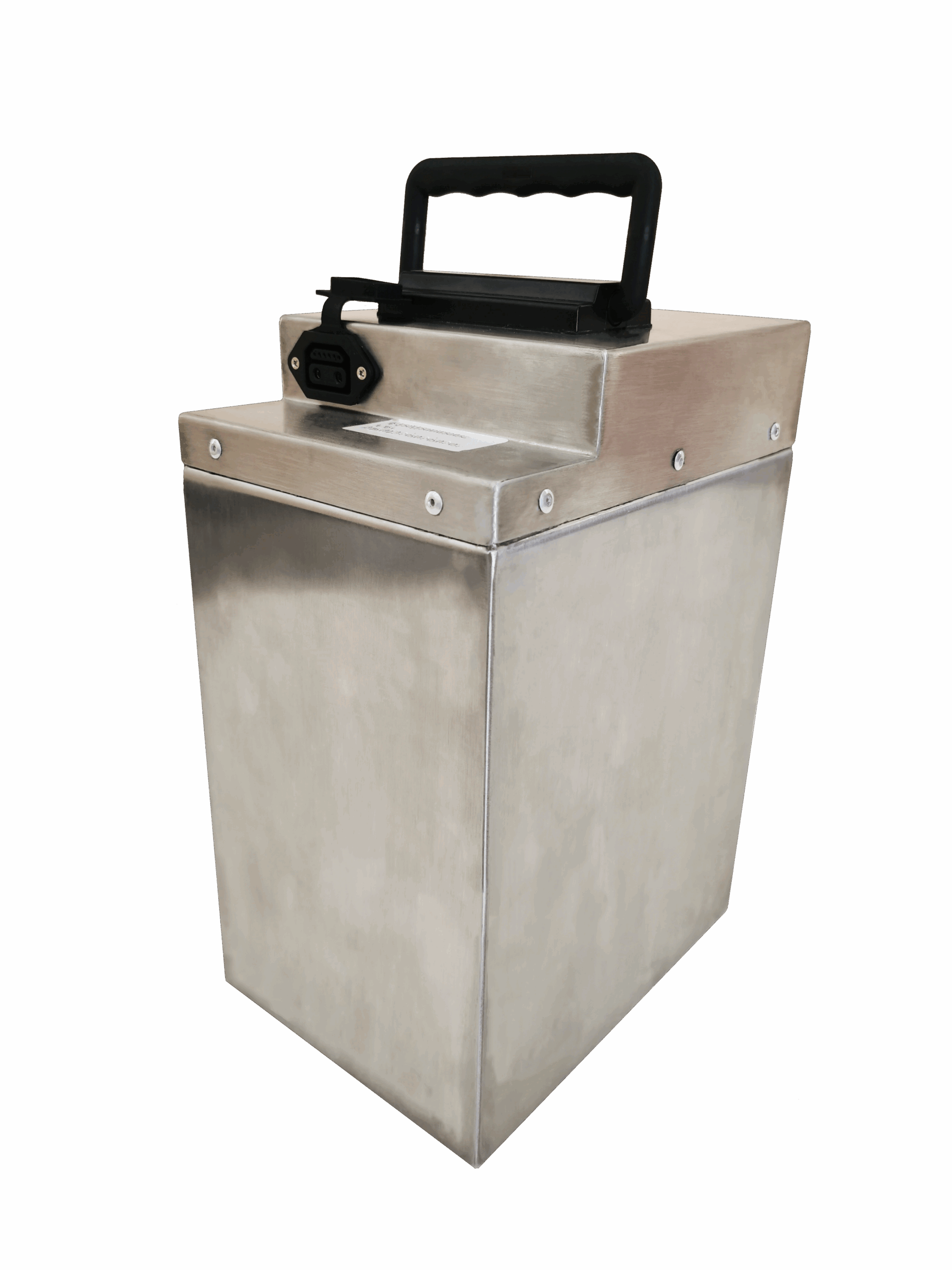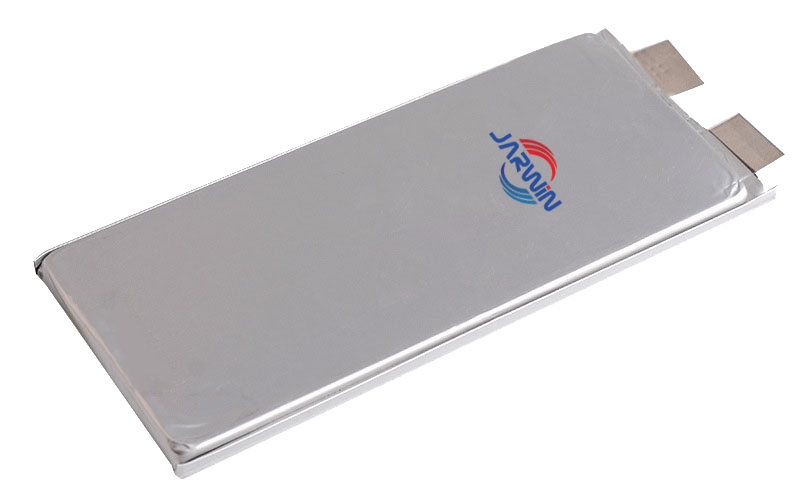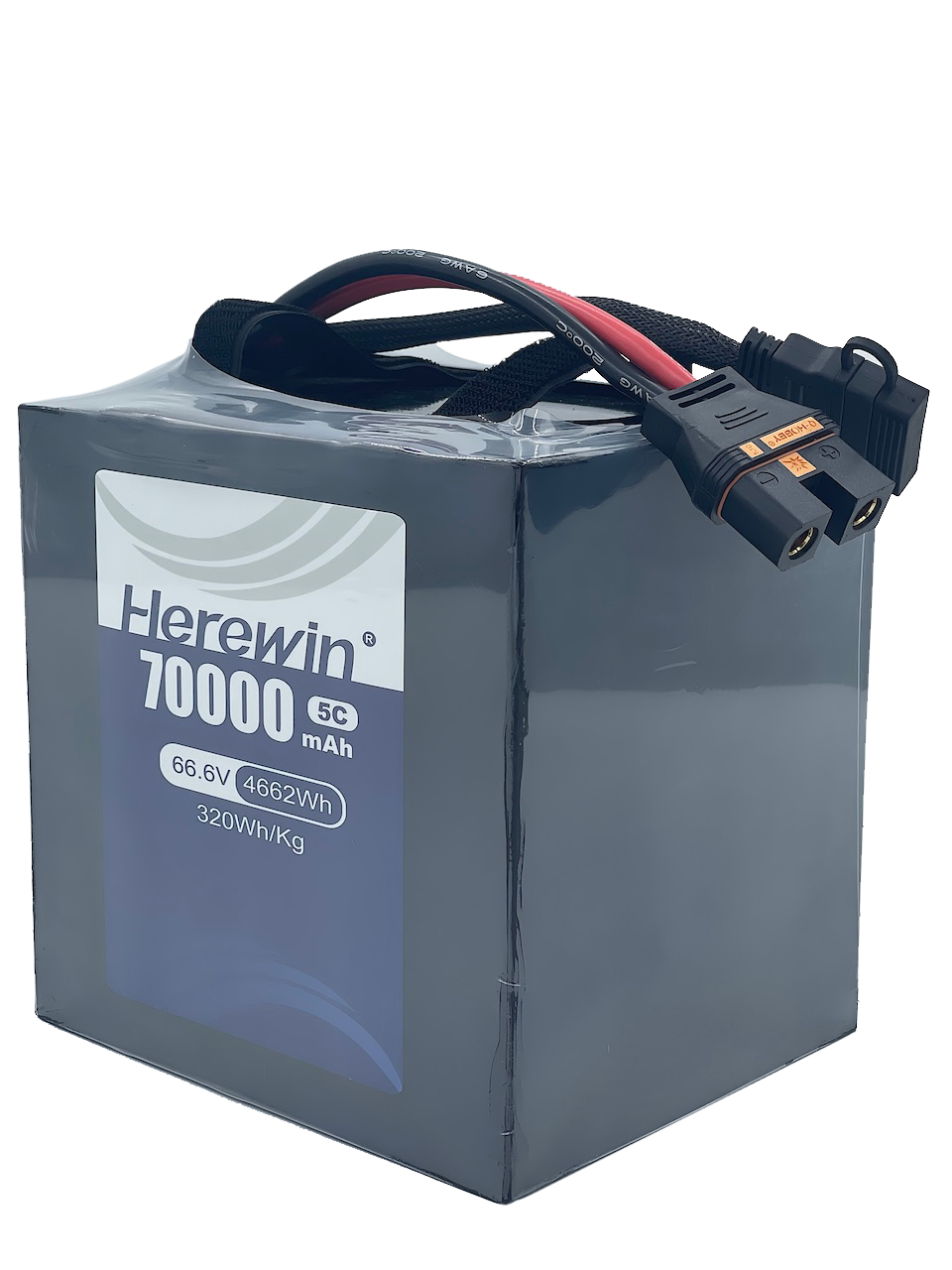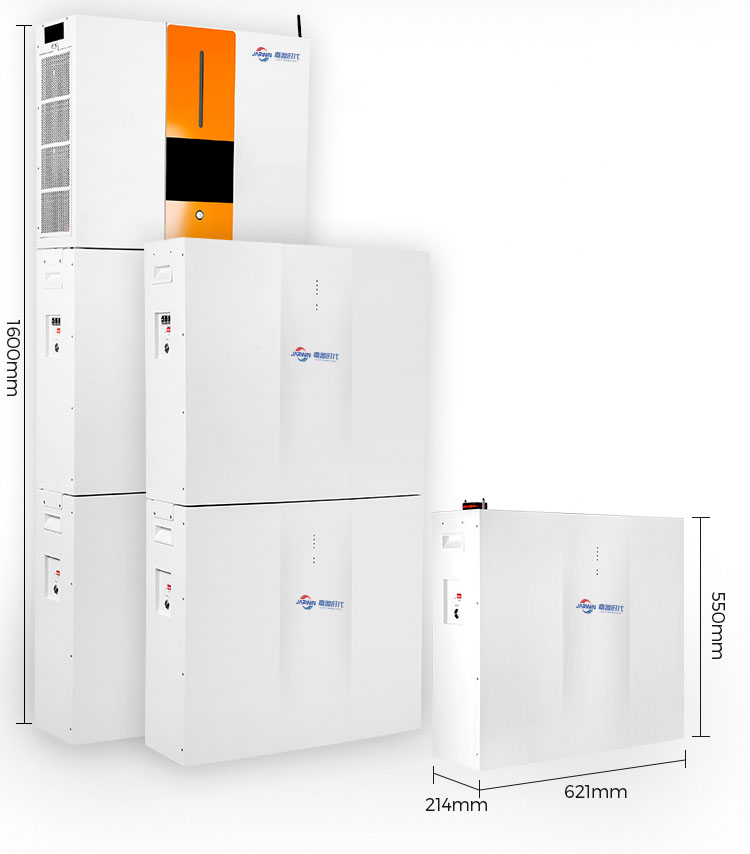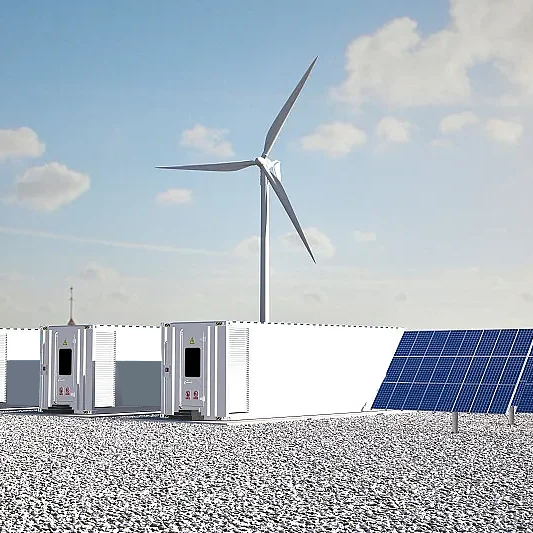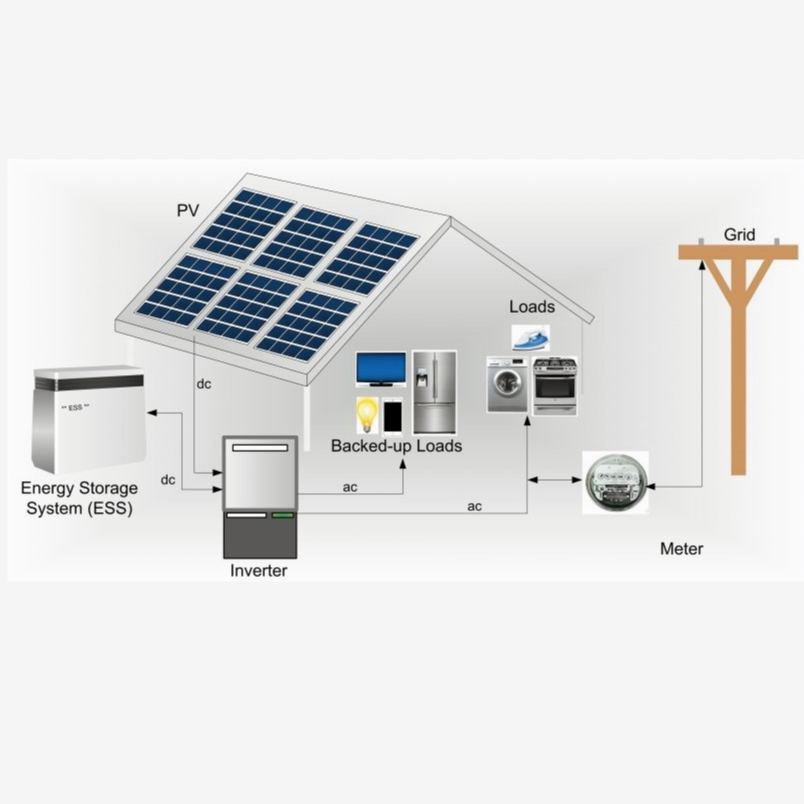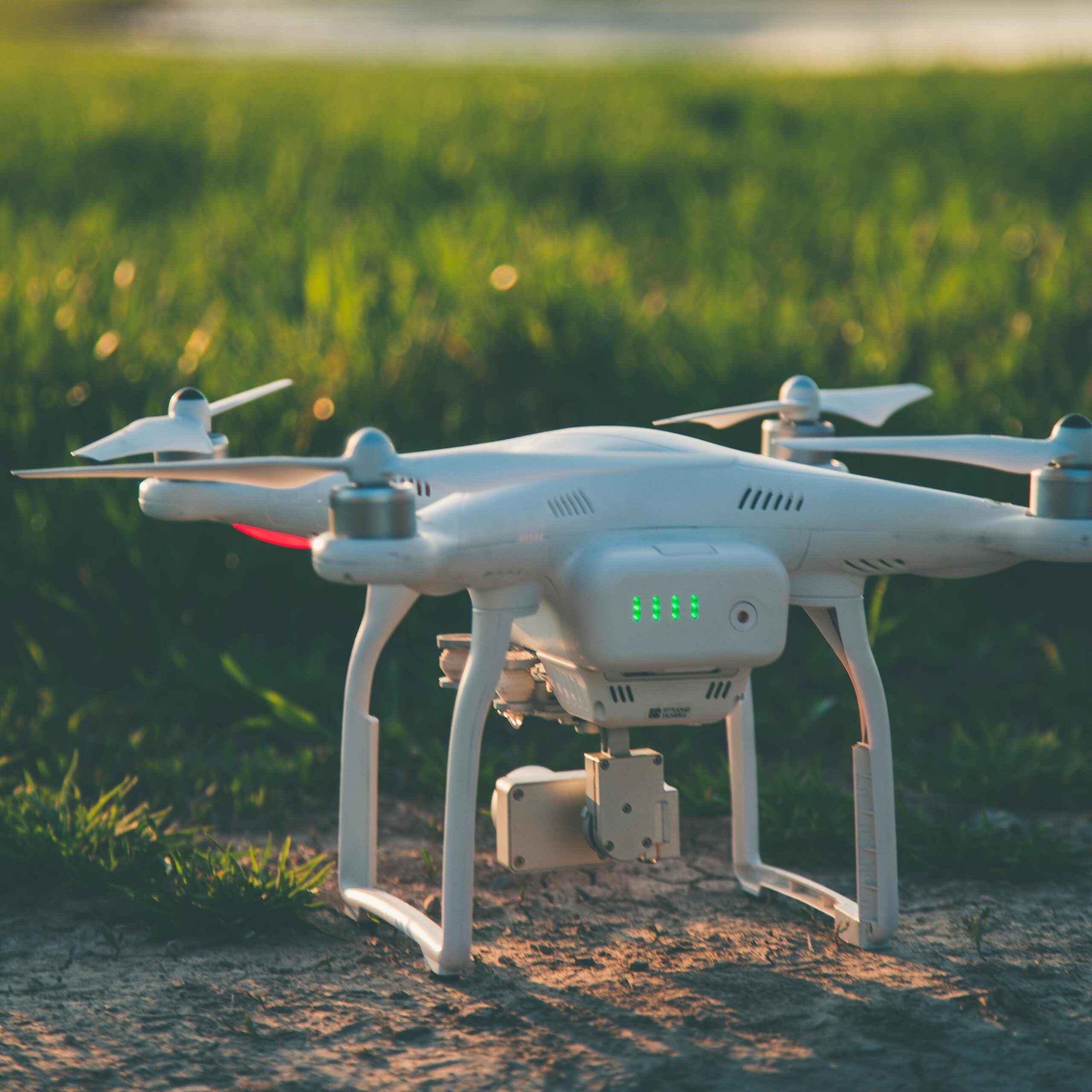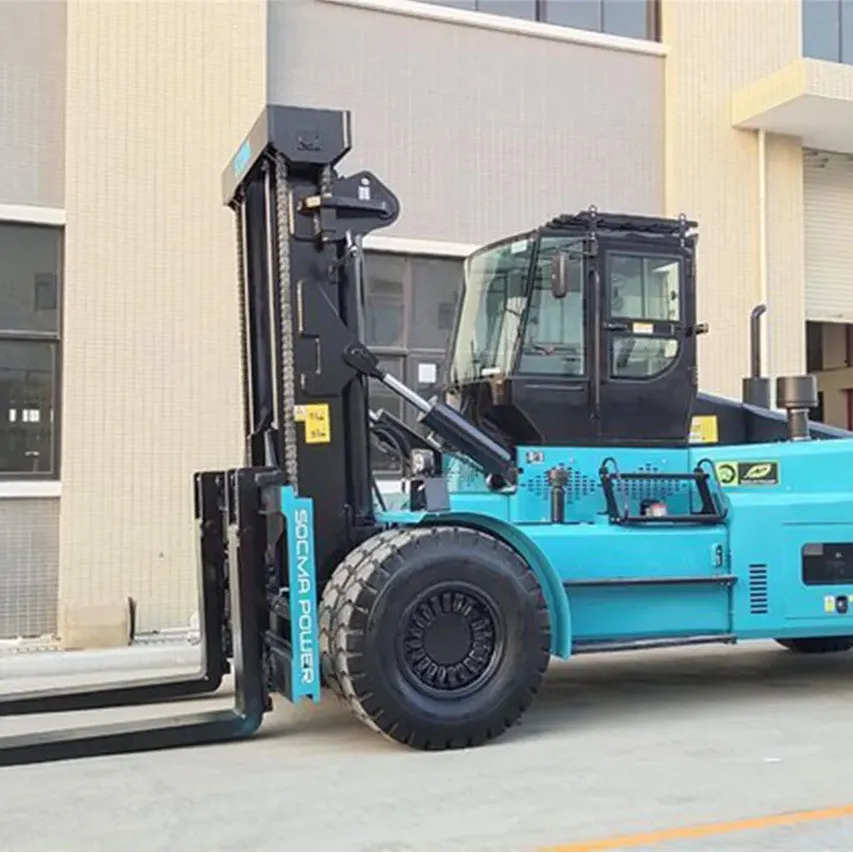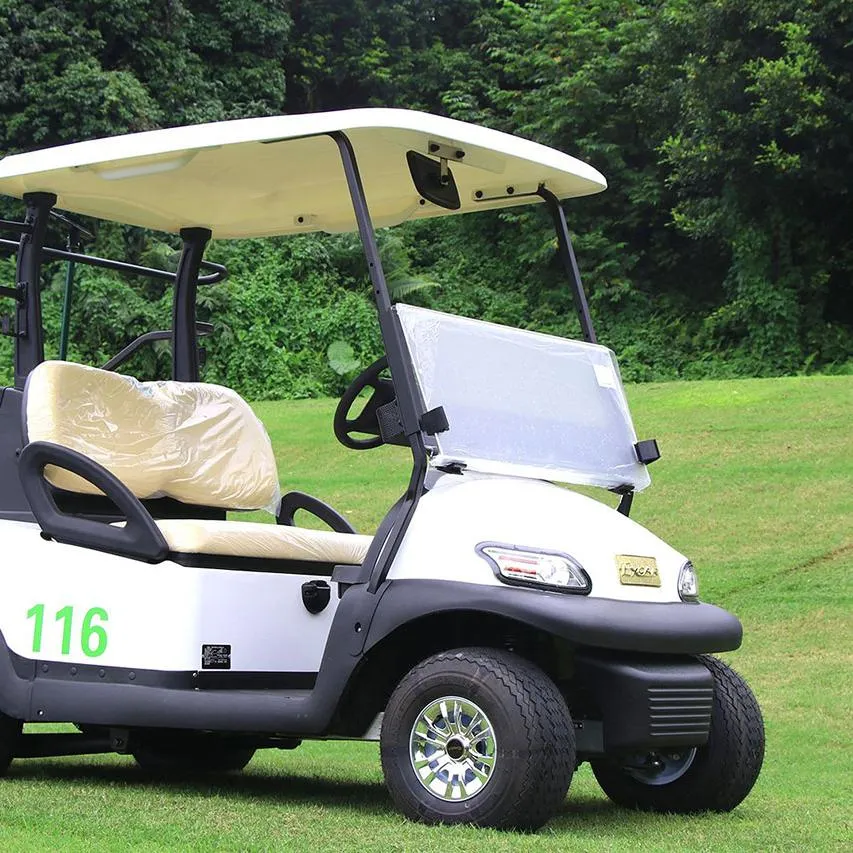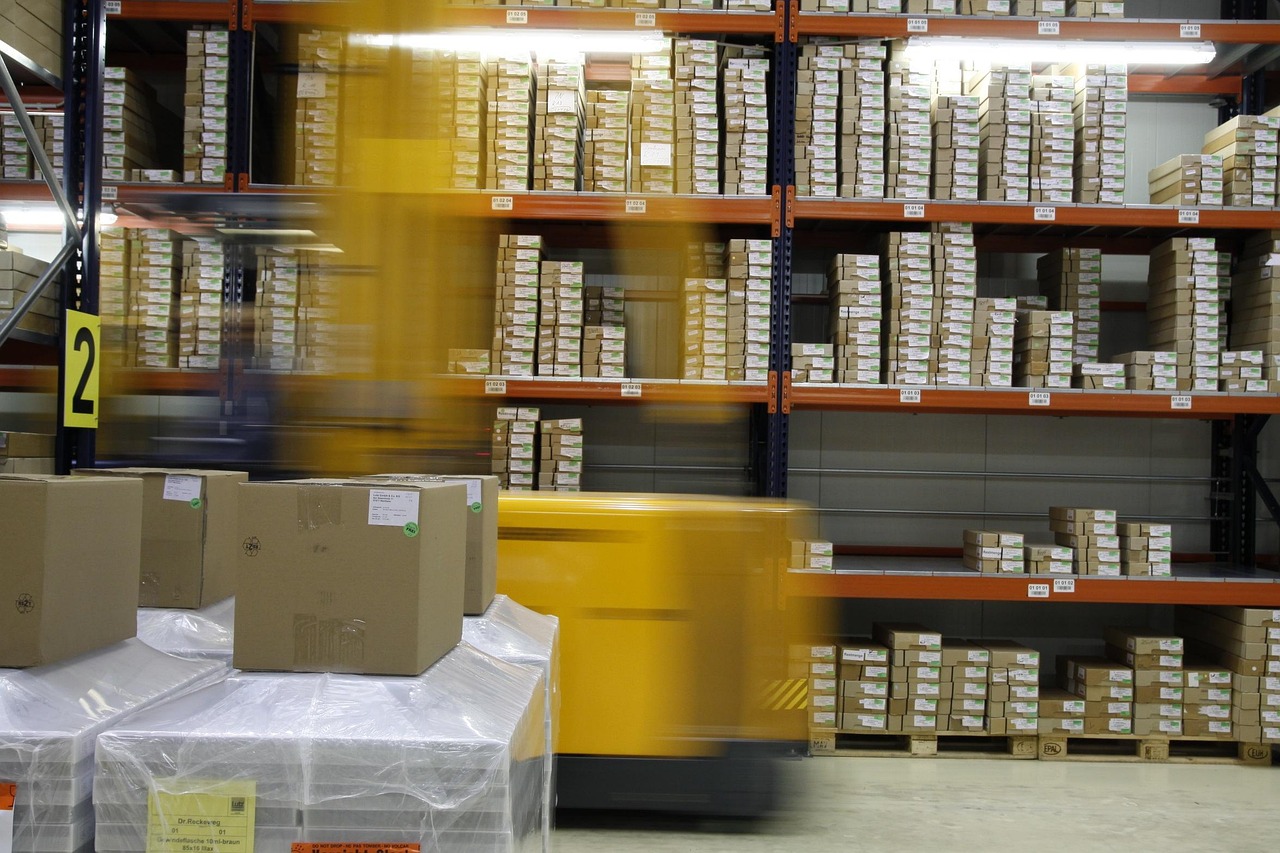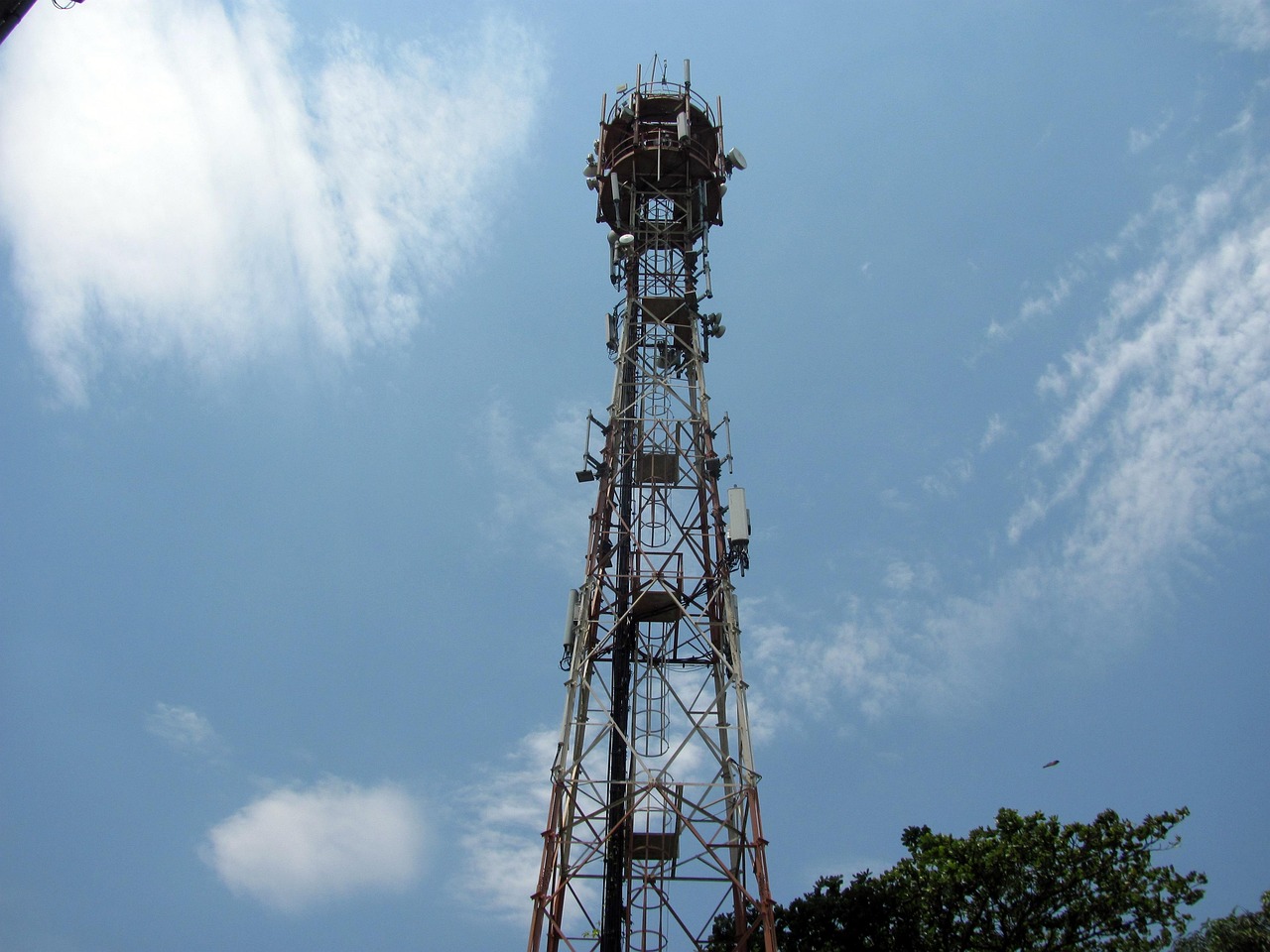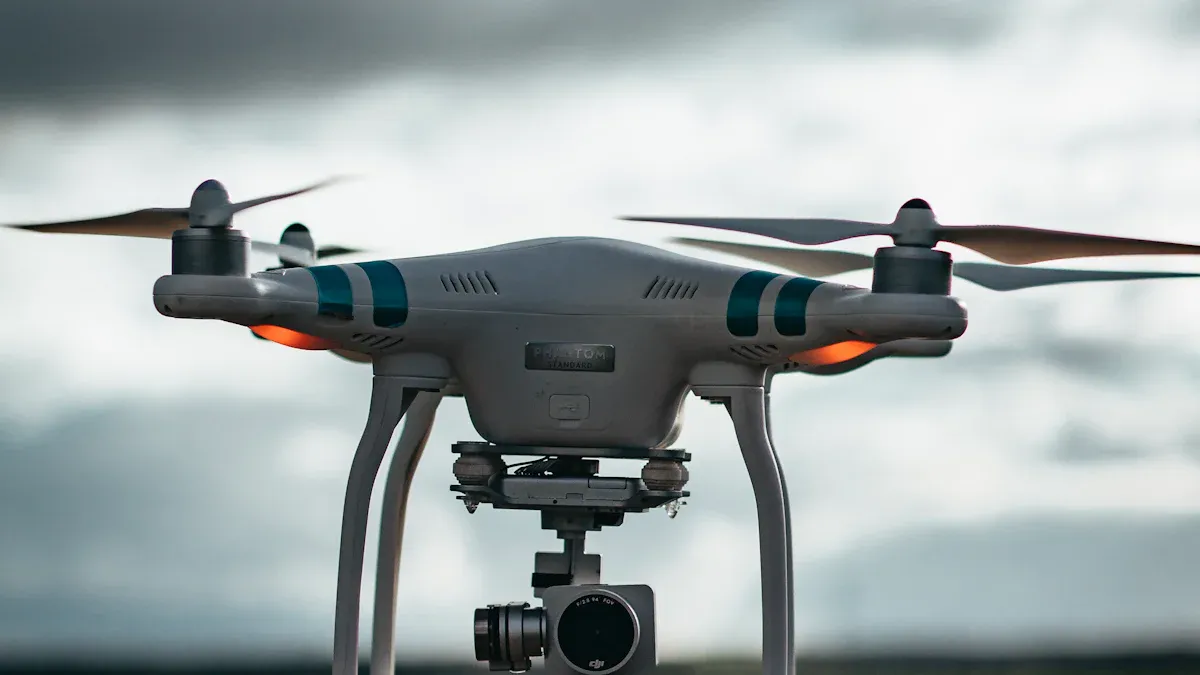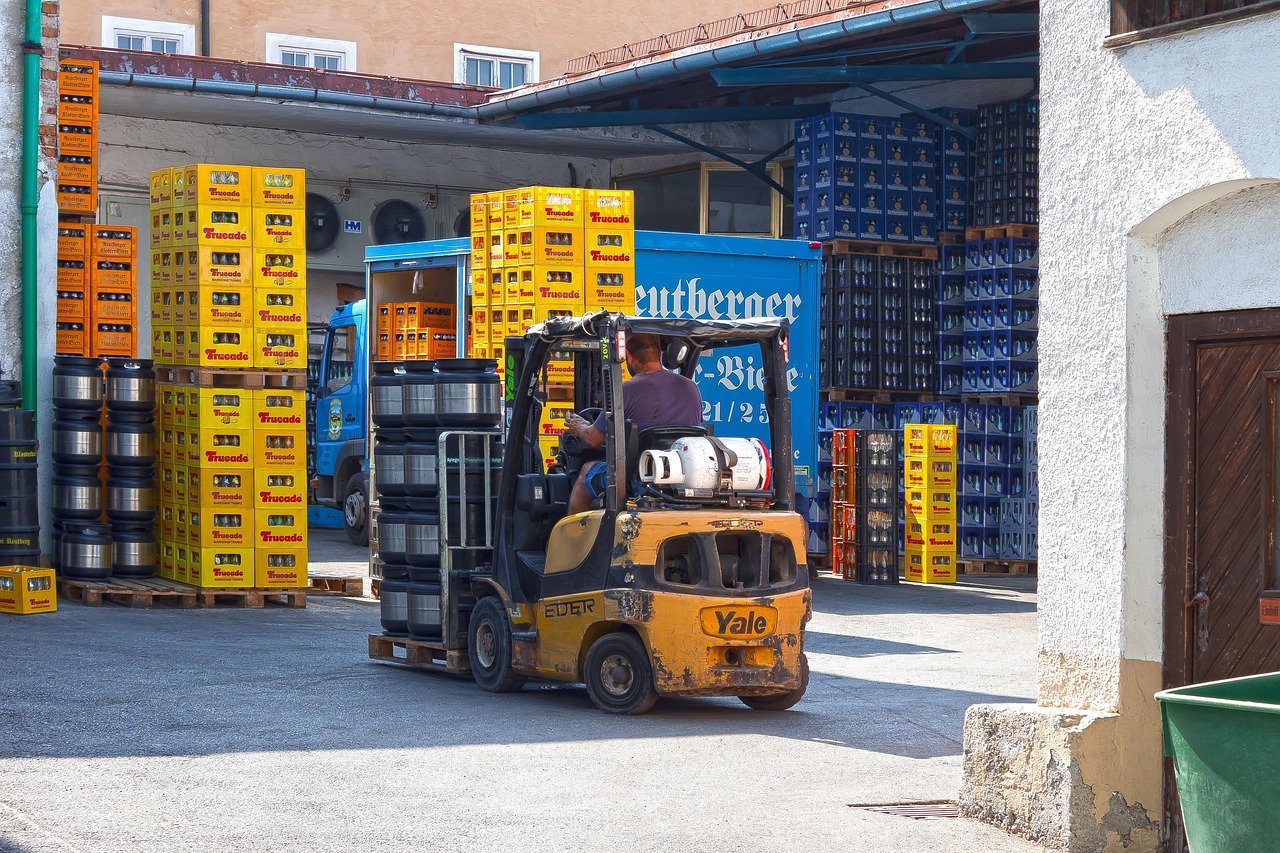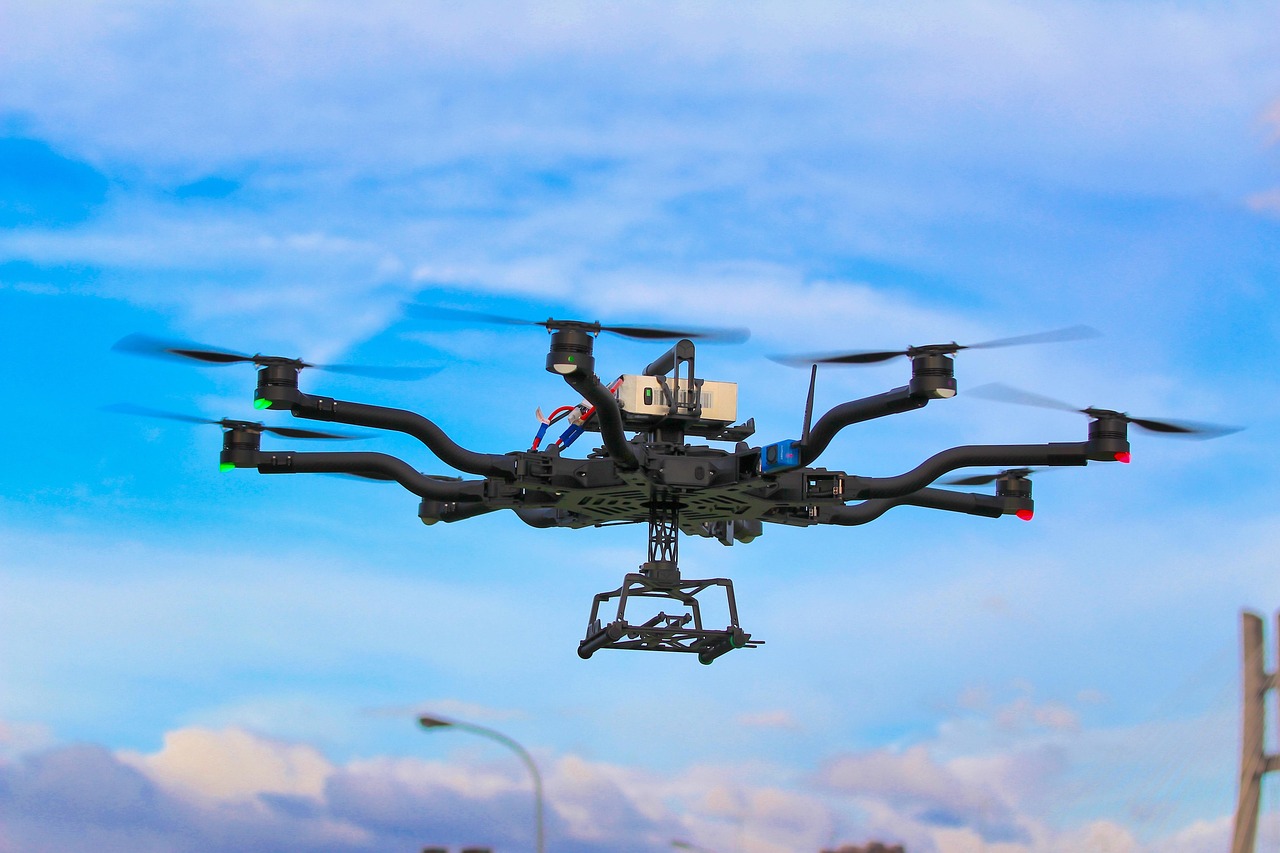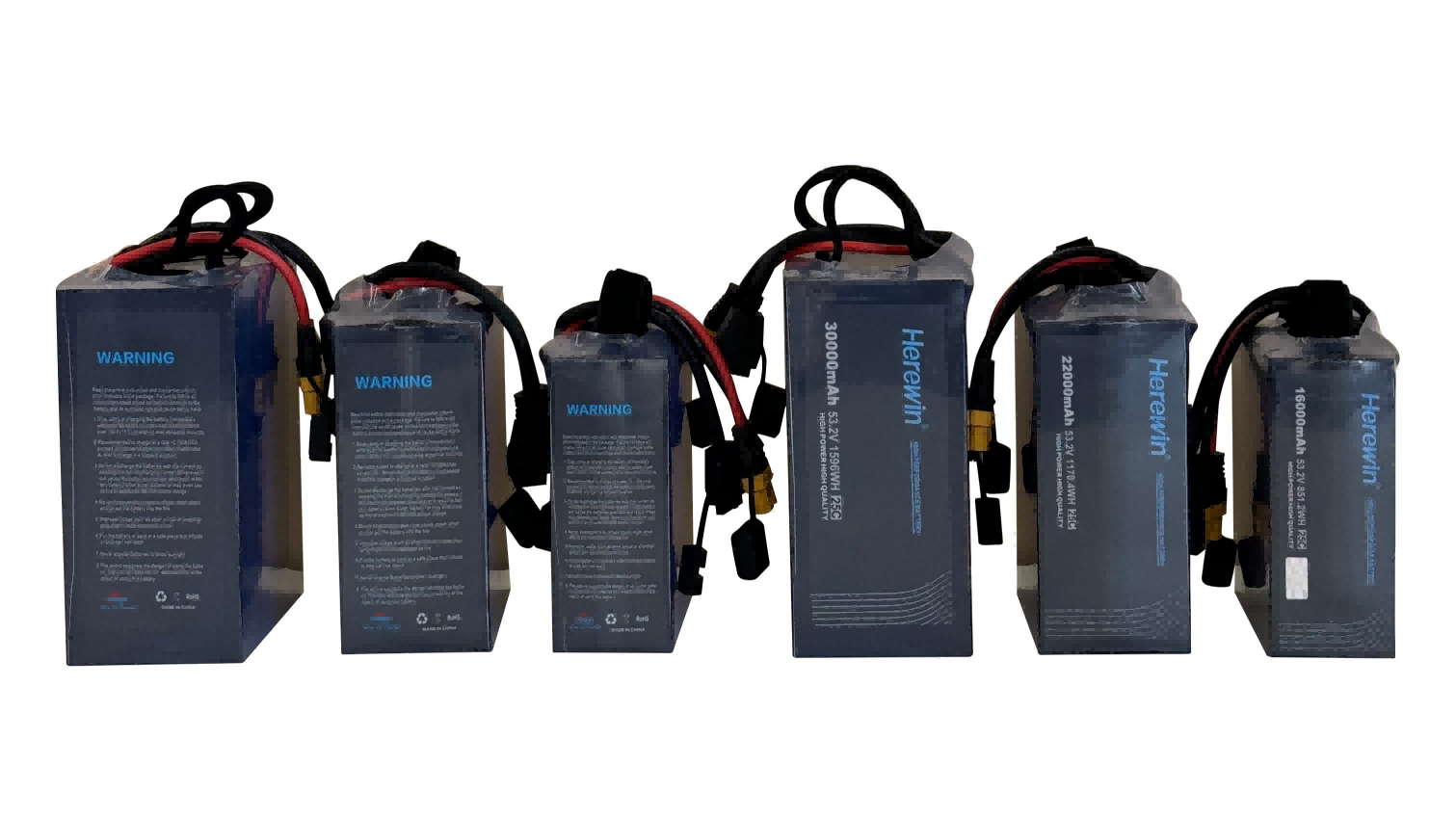
Thermal runaway is a big danger in industrial batteries. This can cause dangerous events, like flames that reach 5 meters long. It can also throw debris over 30 meters away. A study did twelve tests. It showed that these events can cause a mass loss of up to 82%. They can also release harmful gases like HF and CO. As you work for better efficiency and new ideas, remember that safety is very important. It is often a hidden danger. Investing in better battery safety solutions is key to reducing these risks. This helps keep the work environment safe.
Key Takeaways
Thermal runaway can cause big problems, like fires and explosions. This makes battery safety very important for companies.
Using better battery safety solutions, such as noncombustible materials and smart Battery Management Systems, makes batteries safer and more reliable.
Regular maintenance and correct charging are key to stopping thermal runaway and helping batteries last longer.
Using temperature monitoring systems can find problems early. This lowers the chance of dangerous events.
Picking eco-friendly materials and recycling helps safety and also supports sustainability in your company.
What is Thermal Runaway and Why is it a Threat to Your Business?
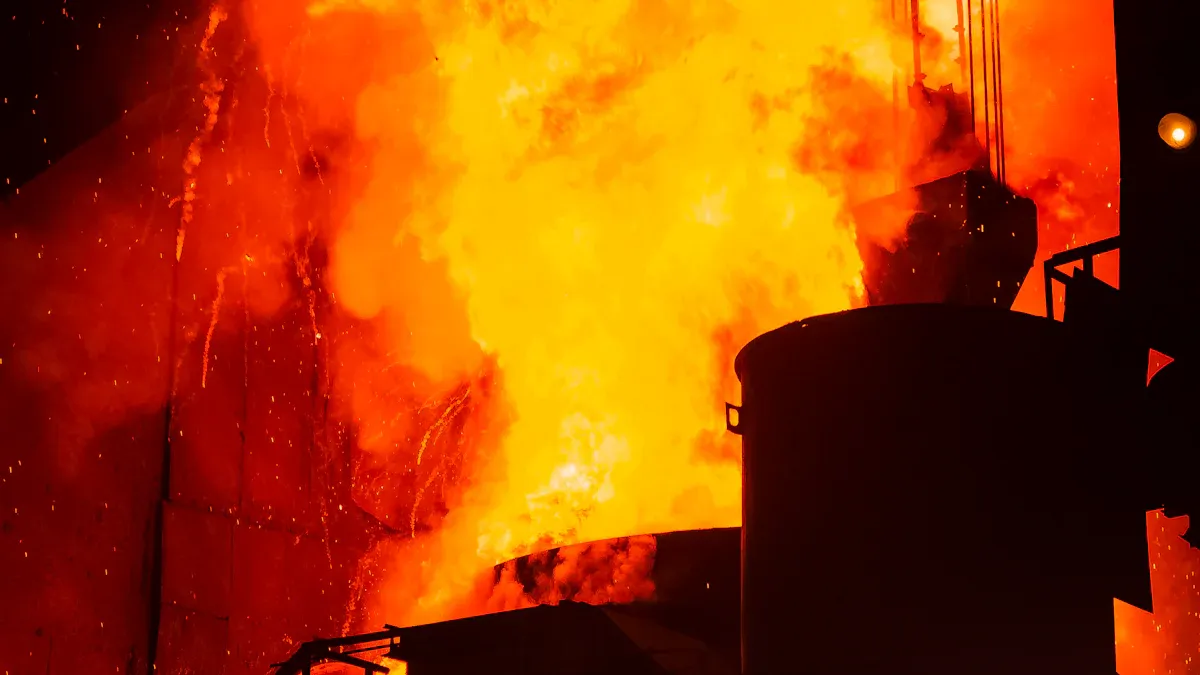
Simple Definition
Thermal runaway happens when a battery gets too hot. This can cause big problems like fires and explosions. In lithium-ion batteries, it often starts with a small problem. This could be an internal short circuit or overheating. Once it starts, the heat can cause more reactions. This leads to even more heat. The cycle keeps going until the battery fails badly. Knowing about this is very important for anyone who works with batteries.
Root Causes
Many things can cause thermal runaway in batteries. Here are some common causes:
Factor | Description |
|---|---|
Overcharging or Overdischarging | Charging or discharging too much puts stress on the battery, causing heat. |
Manufacturing Defects | Problems like impurities or weak parts can create internal short circuits. |
Physical Damage | Impacts or punctures can harm the battery’s inside, making hot spots. |
High External Temperatures | Being in extreme heat for too long can hurt the battery’s stability. |
Overcharging is especially risky. It starts harmful processes that break down materials and electrolytes. This breakdown can change the battery’s structure and create heat and oxygen. At the anode, too many lithium ions can form dendrites. This increases the chance of internal short circuits. These dendrites can break through the separator, causing a big failure.
Severe Consequences
The results of thermal runaway can be very serious. Here are some examples that show the risks:
The Bhopal disaster caused 25,000 direct deaths and 550,000 indirect deaths.
In the USA, 167 major chemical accidents from 1980 to 2001 led to 108 deaths and huge property loss.
A guanidine nitrate explosion in Hebei Province, China, killed 29 people and injured 46 due to reactor overheating.
An explosion in Sichuan, China, from an accidental runaway reaction, caused 19 deaths and 12 injuries.
The financial effects of thermal runaway can also be huge. Failures in electric vehicle (EV) battery systems have led to recalls, costing manufacturers a lot of money. Because of these incidents, there is a greater need for better fire protection materials.
Three Lines of Defense: Herewin’s Multi-Layered Safety Solutions
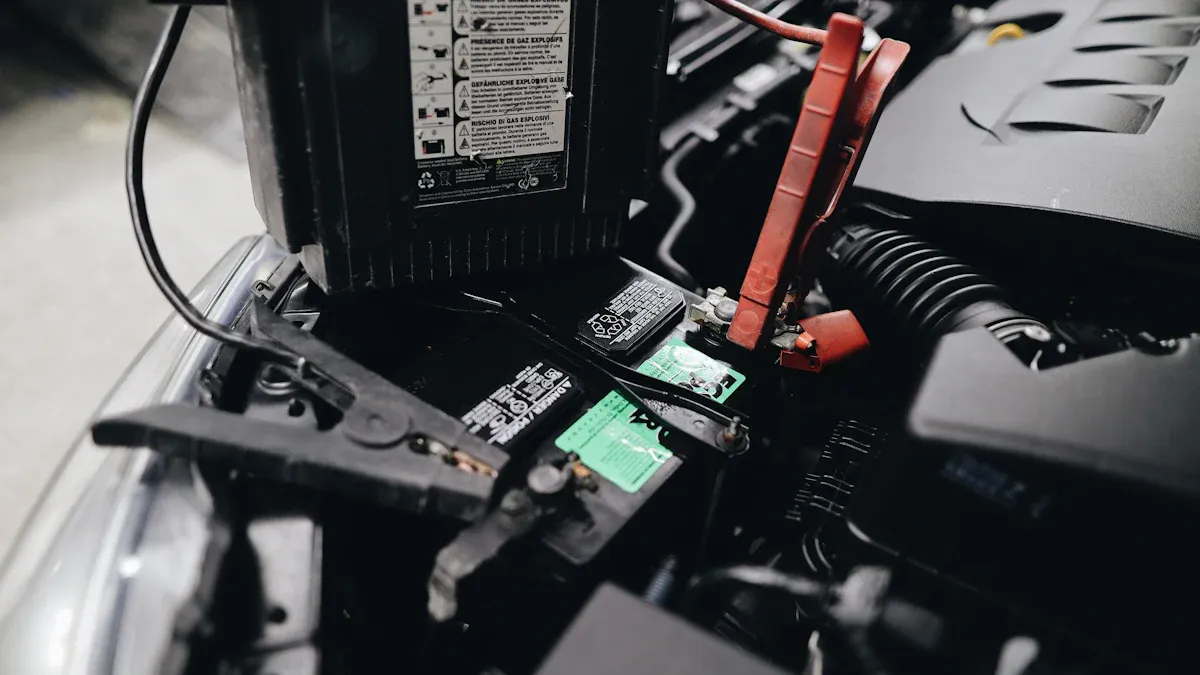
To fight thermal runaway, Herewin uses a layered approach for battery safety. This plan has three important lines of defense: materials and structure, the smart BMS, and strict testing. Each line is important for making lithium-ion batteries safer and more reliable.
Defense Line 1: Materials & Structure
The first line of defense is using better materials and designs. Herewin focuses on noncombustible materials and flame retardants. These help lower heat inside the battery. They also keep the battery safe during tough conditions.
Here’s a summary of how certain materials help stop thermal runaway:
Material Type | Effect on Thermal Runaway |
|---|---|
Noncombustible materials | Greatly lower internal heat generation |
Flame retardants | Reduce battery temperature during thermal runaway |
Epoxy resin plates | Block heat transfer and slow down heat spread |
Besides materials, better designs also improve safety. Improved thermal management systems keep the battery at safe temperatures. New battery designs have strong features that lower the chance of thermal problems.
Innovation Type | Contribution to Thermal Runaway Mitigation |
|---|---|
Improved Thermal Management | Helps control heat and keeps safe operating temperatures, lowering thermal runaway risk. |
Advanced Battery Management | Boosts safety features and checks battery conditions to stop overheating. |
Strong Design Features | Makes the battery pack stronger, reducing the chance of thermal issues. |
Thermal Barriers | Slows heat transfer between cells, stopping thermal spread. |
New Insulation Materials | Materials act as firewalls, keeping thermal events from spreading to nearby cells. |
Defense Line 2: The Intelligent BMS
The second line of defense is the smart Battery Management System (BMS). This system is key for checking and controlling battery performance. It gathers data on internal resistance, temperature, voltage, and current.
Key features of a smart BMS include:
Feature | Description |
|---|---|
Data Collection | Monitors things like internal resistance, temperature, voltage, and current. |
State Estimation | Uses math to guess state of charge (SOC), state of health (SOH), and state of performance (SOP). |
Predictive Analytics | Uses AI to guess battery behavior and find early signs of failure. |
System Control | Changes charge rates and balances cells to stop overheating. |
Built-in Safety Protections | Finds overvoltage, short circuits, and overheating with automatic responses. |
IoT and Cloud Compatibility | Allows for updates and remote monitoring for better safety. |
Real-time Monitoring | Constantly checks sensor data to find signs of thermal runaway and gives early warnings. |
With these features, the smart BMS can spot temperature rises and voltage changes. It warns users early and takes action, like lowering charging current and turning on cooling systems. This greatly lowers the chance of thermal runaway.
Defense Line 3: Rigorous Validation
The third line of defense is strict validation protocols. Herewin uses thorough testing methods to make sure battery safety solutions work well against thermal runaway risks.
Key parts of the validation process include:
Aspect | Description |
|---|---|
Testing Method | UL 9540A is a key method for checking fire risks of battery systems, especially thermal runaway. |
Enhancements | New updates widen testing to new chemistries and mimic real-world situations. |
Key Focus | Looks at fire behavior, gas release, and explosion risk in full enclosures. |
Instrumentation Improvements | Uses high-quality sensors and organized data methods for better results. |
Benefits for Stakeholders | Helps manufacturers show safety and speeds up approval for safer installations. |
These validation protocols help manufacturers prove their battery systems are safe and reliable. By following strict testing rules, Herewin helps avoid major failures and builds trust in battery-powered products.
Your Choice Shapes Your Business’s Stability and Future
Choosing better battery safety solutions affects your business’s stability and future. When you invest in these solutions, you improve safety, performance, and reliability. Here are some important benefits that show the value of Herewin’s products:
Advanced battery management systems check battery health all the time. This helps with performance and safety.
Smart battery management systems stop overcharging, undercharging, and overheating. These features lower accident risks and make batteries last longer.
Knowing and reducing risks with battery use is very important for safety in electric boats and other uses.
Herewin’s safety solutions focus on problems related to thermal runaway. For example, Herewin uses lithium iron phosphate (LiFePO₄) because it has great thermal stability. This greatly lowers fire risks. Also, the non-flammable electrolyte makes it harder to catch fire in extreme conditions. Strong composite separators keep their shape at high temperatures, stopping short circuits.
Return on Investment
Investing in Herewin’s battery safety solutions gives you good returns. The table below shows the main features and their benefits:
Feature | Benefit |
|---|---|
Long cycle life | |
Fewer replacements | Cuts down on electronic waste and costs |
Lower maintenance costs | Helps save money overall |
Enhanced safety | Lowers risks and possible liabilities |
Eco-friendly recycling | Supports a circular economy and sustainability |
Higher return on investment | Provides financial benefits for businesses |
By using these solutions, you not only improve safety but also boost your profits. The long cycle life means fewer replacements, which cuts waste and costs. Lower maintenance costs help you save money, while better safety lowers risks and potential problems. Plus, eco-friendly recycling helps with sustainability, keeping your business in line with modern environmental standards.
Thermal runaway can be very dangerous for your business. It can cause fires, explosions, and big money losses. Using advanced safety solutions is very important to protect your work.
To make battery safety better, think about these steps:
Proper Charging Practices: Always use the right charger and follow guidelines.
Regular Inspection and Maintenance: Look for damage and change old batteries.
Temperature Monitoring: Set up systems to find unusual temperature increases.
Protective Casings: Use strong casings to avoid physical harm.
Proper Disposal and Recycling: Get rid of old batteries safely to lower fire risks.
Investing in these solutions keeps you safe and helps your business stay strong in the future. Take action for a safer operation by reaching out to our expert team today!
FAQ
What causes thermal runaway in batteries?
Thermal runaway happens when a battery gets too hot. This can be due to overcharging, problems from making the battery, or physical damage. These issues can cause short circuits inside the battery. This leads to uncontrolled reactions that can cause fires or explosions.
How can I prevent thermal runaway in my batteries?
You can stop thermal runaway by charging batteries correctly. Regularly check batteries for any damage and keep an eye on their temperatures. Also, using strong casings and safely getting rid of old batteries can help lower risks.
What materials enhance battery safety?
Materials like lithium iron phosphate (LiFePO₄) and non-flammable electrolytes make batteries safer. These materials help keep the battery stable and lower the chance of fires during thermal runaway.
How does Herewin’s intelligent BMS work?
Herewin’s smart Battery Management System (BMS) checks battery performance all the time. It gathers data on temperature, voltage, and current. This helps it find problems and take action to stop overheating.
Why is rigorous validation important for battery safety?
Strict validation makes sure battery safety solutions follow industry rules. It includes careful testing to find possible risks. This helps manufacturers gain trust in their products and avoid serious failures.
See Also
Examining Battery Materials to Ensure Lithium-Ion Safety
Impact of Elevated Temperatures on Forklift Battery Efficiency
Innovative Battery Technologies for Electric Marine Vessels
Importance of Advanced Battery Solutions for Safe Drone Operations

